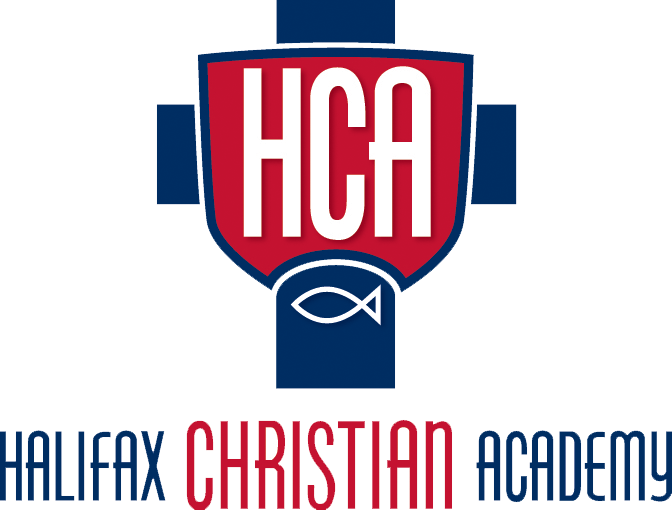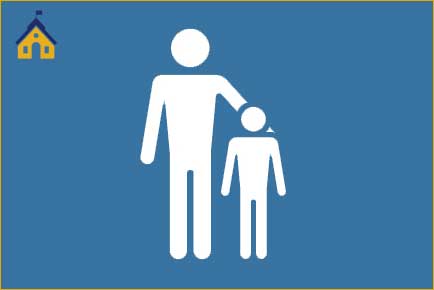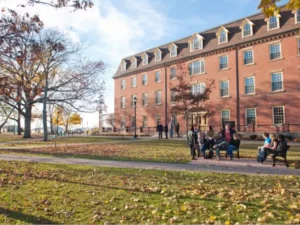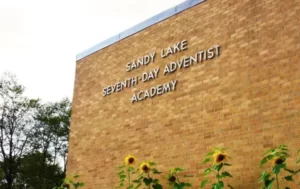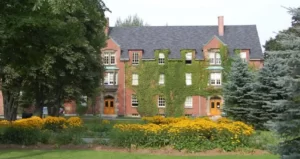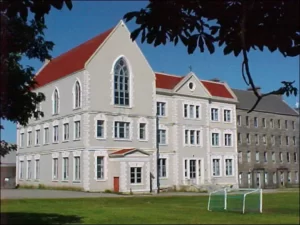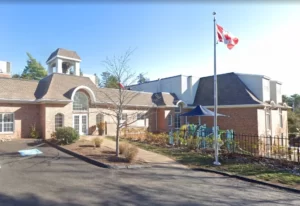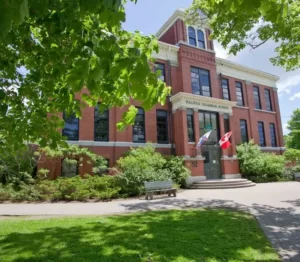Via Vita Academy
Shambhala School
Halifax Independent School
Bedford Academy
Class Afloat - West Island College International
Landmark East School
Halifax Grammar School
Sacred Heart School of Halifax
Armbrae Academy
Kings-Edgehill School
Halifax Christian Academy
Touchstone Academy
King's View Academy
Bridgeway Academy - Dartmouth
Bridgeway Academy - Yarmouth
Bridgeway Academy - Stellarton
Bridgeway Academy - Truro
The Booker School
Birch Hills
Looking for a school that’s not listed? Let us know and we will add it.
Schools on SchoolAdvice
Guardianship? Who needs it?
Citizenship and Immigration Canada requires unaccompanied foreign students studying in Canada to have a legal guardian in place if they are under the age of majority.
Nova Scotia Education System
The education system in Canada covers elementary, secondary and post-secondary education. Education throughout Canada is governed by each provincial and territorial government, so there are slight differences between each province’s education system.
Canada provides universal, free elementary and secondary schooling for 12 years, except the province of Quebec which is 11. Education is compulsory and in Nova Scotia is mandatory to the age of 16.
Types:
Elementary: Children usually enter kindergarten at age 5. Elementary school generally includes grades 1 through 6. Some regions have 2 years of middle school or junior high school, and in areas without these, elementary school goes up to grade 7.
Secondary: Secondary school–usually called high school–encompasses grades 9 through 12. In regions without middle school and junior high, it also includes grades 7 and 8.
Post-secondary: Post-secondary education in Canada includes career college (also known as vocational school), community college, university and grad school.
Language programs: Language programs (English or French as a second language) are offered at middle schools, high schools, colleges, universities and private language schools throughout Canada. You can read more on these school types in the appropriate sections of this website.
Structure:
School districts: Canada is divided into public school districts, which in turn have school boards (elected officials) that implement policy and provincial curriculum. A school district usually serves one or more cities or towns, depending on their size.
Religious affiliation: Schools in Canada may be secular (no religious affiliation), Catholic or Christian (various Protestant denominations). Some provinces have separate school boards for religious and non-religious schools.
Public and private: Canada’s education system includes public schools, which are free and funded by the government, and private schools, for which students have to pay. At the post-secondary level, public colleges and universities still require students to pay tuition, but it is substantially less than tuition at private universities.
We are here to help.
Office
376 Victoria Ave. #200
Westmount, Quebec H3Z 1C3
Hours
M-F: 9:00 – 17:00
S-S: By Appointment
Call Us
(438)-300-6190
(866)-300-9181
376 Victoria Avenue #200
Westmount, QC Canada, H3Z 1C3
- [email protected]
- 438.300.6190 | 866.300.9181
- WhatsApp | Telegram +1.514.970.8682











